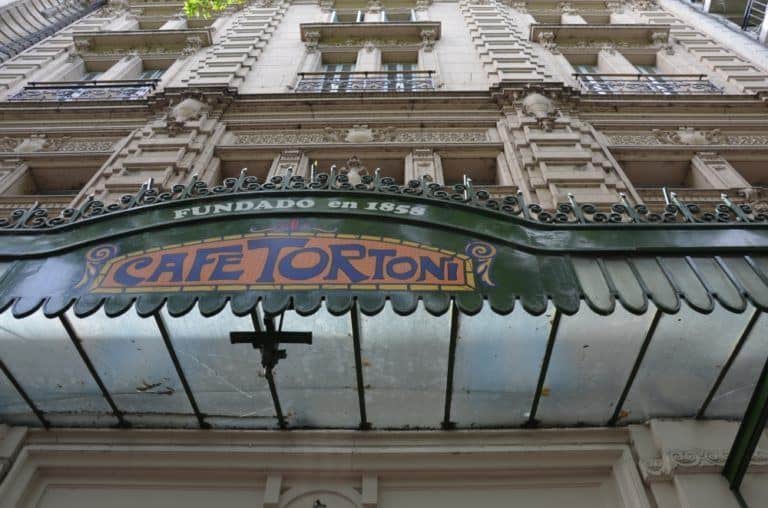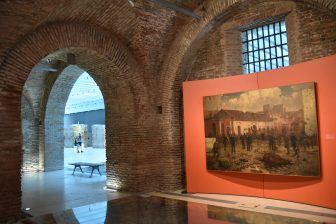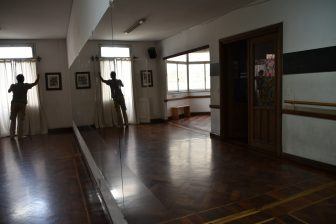
When the time comes to think about having something to eat, there is an embarrassment of choice in the Argentine capital, Buenos Aires. In Buenos Aires the gastronomic range covers every imaginable sweet and savoury dish with a passion for food that is reminiscent of Italy but with flavours that are typically South American. So, what should you eat?
Perhaps it might be sensible to avoid pasta, pizza, gnocchi or poached veal and focus on dishes that have fewer associations with the Italian ancestry of many of the inhabitants of the Argentinian capital.
Trying to put some order into what you choose, you can start with some typical tasty snacks from the Argentinian cuisine such as “picadas.” Basically, these are a selection of cheeses and cured meats which are accompanied by a variety of other produce such as olives, peanuts and potatoes in various different guises. This is the perfect way to sample local produce.
This could be followed by a soup and there is generally the option to choose between a lentil soup which is often prepared with the addition of chorizo (a spicy sausage) or seasonal vegetables known as mondongo which is a mixture of tripe and vegetables or locro which is a traditional mix of nixtamal (corn paste), pumpkin, beans, chorizo and the meat of your choice. And what about puchero? This is more like a stew and is prepared with large pieces of onion, potato, corn, celery, leeks and squash and either red meat or chicken.
Amongst the wide range of meat delicacies, the asado stands out as the front-runner. On a menu, this is generally a rib of beef but in reality, it can also be any type of meat or offal cooked on the grill. A matambre, on the other hand, is a sort of cold cut of beef or pork filled with vegetables, herbs, spices and often, hard-boiled eggs. It can be served cold and is considered to be the perfect solution for anyone who is feeling hungry.
In the Argentinian capital, you can also find a special breaded cutlet, the milanesa a la napolitana. Forget about Italian patriotism – this is a dish that has its roots in Buenos Aires. Made out of veal or chicken, after being fried, the meat is then covered with a tomato sauce.
From the range of sausages, you can try a bondiola (which is a part of a shoulder of pork), morcilla (a type of blood sausage) and the famous chorizo already referred to above which is known as a choripán, a type of barbeque style sandwich served with a chimichurri sauce (the salsa is predominantly vegetables and is generally served as an accompaniment to meat dishes).
Staying with a savoury theme, in the Argentinian capital you can also sample tasty empanadas (pastry parcels) made with meat, onions and cheese or ham and cheese, corn or any other ingredient that tickles the fancy of the local chefs. A humita is yet another typical dish which is traditionally eaten on public holidays and is made from fresh maize with spices and sautéed onions, filled with cheese and then wrapped in corn husks and steamed.
Continuing the gastronomic adventure that is Buenos Aires, you may also want to sample a fugazzetta which is a form of calzone that is filled with a generous helping of cheese, onions and, on occasions, ham. A dish called revuelto gramajo consists of scrambled eggs with fried potatoes, ham and peas and then there is also lengua a la vinagreta which is tongue marinated in oil and vinegar and then covered in garlic and parsley.
And finally, to round everything off, when it comes to desserts, the Argentinian capital is undoubtedly the “kingdom of dulce de leche.” It is found in alfajores (biscuits with a filling), in chocotorta (layers of chocolate cookies soaked in coffee or kahlua, dulce de leche, cream cheese and sour cream). You can also find it in churros and in a variety of other baked products.
Then there are the famous pastelitos (puff pastries) which are accompanied by quince paste called membrillo or dulce de batata (sweet potato jelly). And what about ice cream? It seems to be a real obsession for the inhabitants of Buenos Aires. But, it is definitely worth trying!



